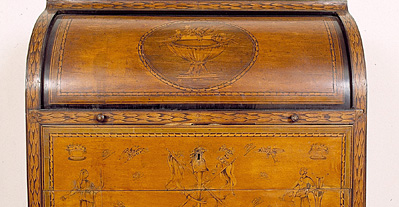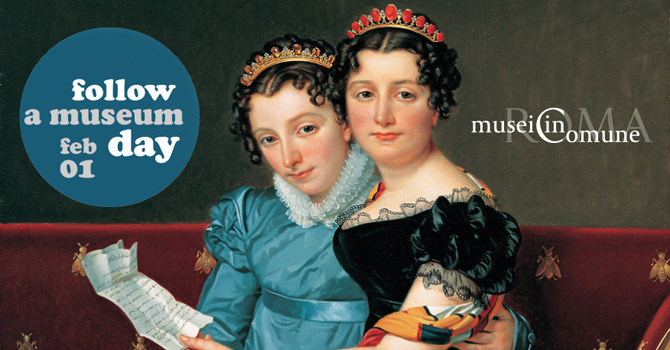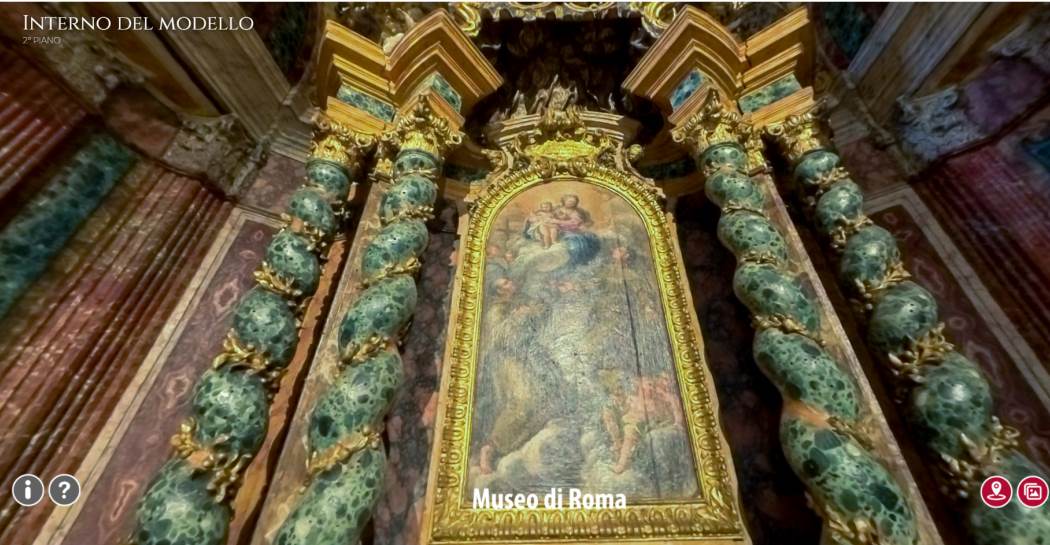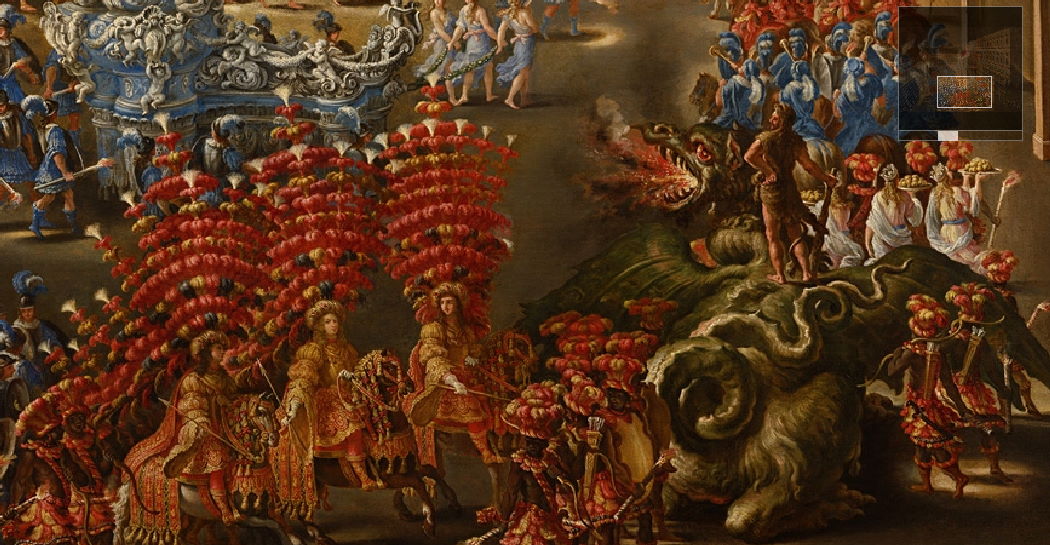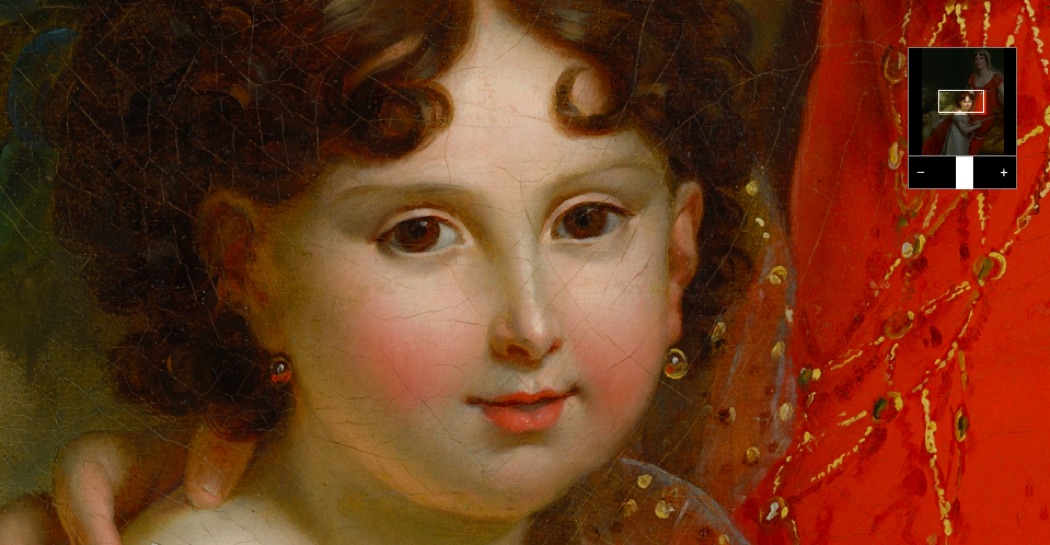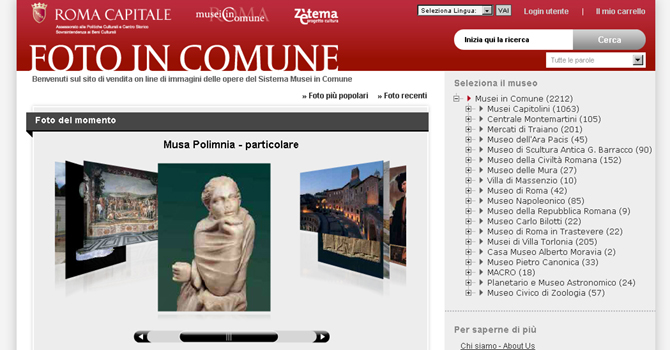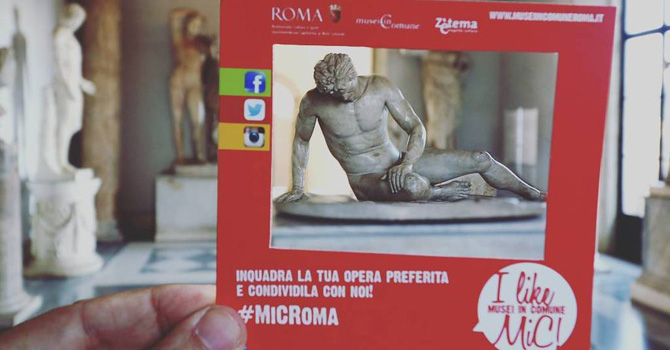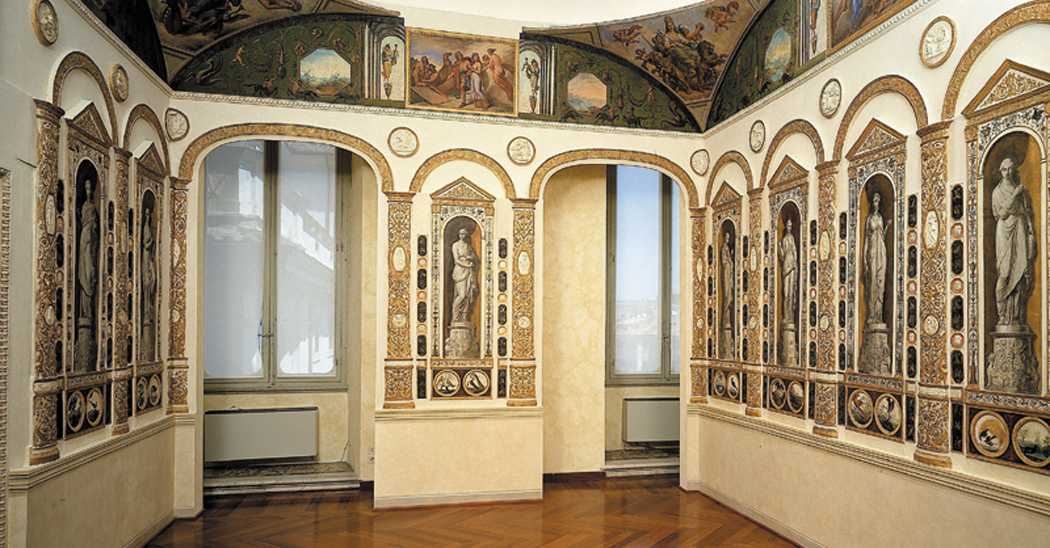Furniture
The furniture in the Museum of Rome collections gives a good sense of the wide-ranging styles, both Roman and non-Roman, between the 15th and 19th centuries. The approximately 600 pieces of furniture of this collection are not the original ones of Palazzo Braschi, which were lost during the Napoleonic campaigns. They came from the Royal Palaces of the House of Savoy, were bought on the antiques market or are the result of donations and legacies. A large group of 19th century pieces comes from the Royal Palaces of the House of Savoy, sold to the Municipality of Rome by the Italian State in 1952; the most ancient and stylistically interesting part of the collection comes from donations, such as the one by Count Francesco Cini in 1881, or the one by Ludovico Pollak between 1951 and 1958. Among the most ancient pieces of furniture, a coffer is worth mentioning, probably made in Lombardy at the beginning of the 15th century, as well as some large chests (coming from Central Italy) carved with geometrical decorations and used for storing bottom drawers. In the Museum collections, the magnificence of the late Roman Renaissance is to be found in some large walnut and leather parade chairs with gold coats of arms and geometrical decorations, in a monumental walnut chest of drawers. They are all representative of a style that reached its full splendour with the baroque. Various pieces of furniture, including some very important cabinets, belong to the following century and were used for storing the systematic collections of small objects, typical of the taste for collecting that pervaded the society of that time. Among these pieces of furniture, it is worth noting an ebony cabinet, dating back to the 2nd half of the 17th century, bearing on the front a series of drawers made even more precious by marbles set in golden and embossed metal frames, and another 17th century cabinet decorated with eighteen small views of Rome. These tempera paintings on parchment depict religious ceremonies. A walnut medal showcase of the first quarter of the 17th century, though of monumental proportions, belongs to the same category. It belonged to the Barberinis and its form and decorations were similar to contemporary ecclesiastical furniture. There are also numerous pieces from the 18th and 19th century. Examples from the 18th century include elegant consollè, cheirs decorated with motifs taken from classical art and a chest of drawers writing table with a roll down top with wood inlaid symbols of the Roman Republic. Pieces from the 19th century include tables, chairs, clocks, consollè, Empire style furnishings and a series of elegantly decorated divans and armchairs from the now demolished Palazzo Torlonia.






























